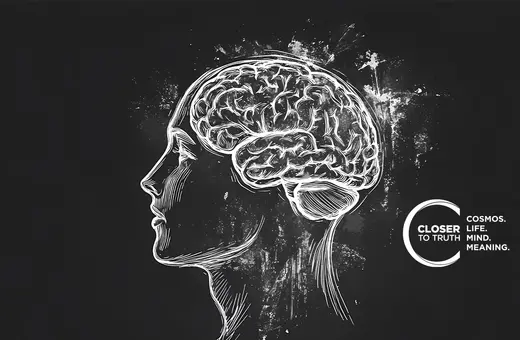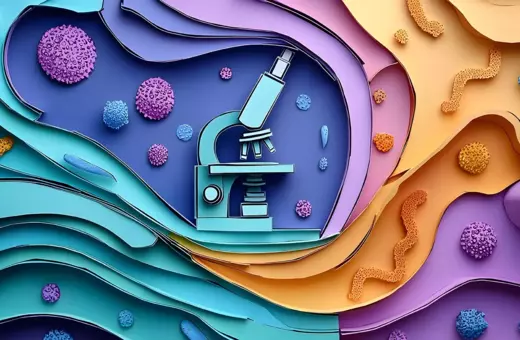The divide between science and religion is often seen to be irreconcilable. The two rarely meet, and most scientists fear being seen as having religious beliefs, fearing their reputation and career. This was no clearer the case than in the 1920s. Conflict between science and religious fundamentalism overshadowed nuance, argues Samual McKee. Scientists such as Arthur Eddington, who maintained science and religion could coexist, have been ignored. We should reject religious fundamentalism and scientific fundamentalism alike.
Perhaps the most underappreciated period in the history of the dialogue between science and religion is the interwar era of 1918-1939. This is all the more perplexing due to it being the most revolutionary era in modern physics. The figures, books and disputes were as impactful as any time since Newton, yet they rarely feature outside of deep, academic articles.
When considering the relationship between science and religion during this period, the first thought of many centers on the 1925 Scopes Monkey Trial. This infamous chapter has stolen the thunder of the 1920s by skewing our focus towards the newborn fundamentalism. Pentecostal charismatic Christianity was born in Los Angeles at the Asuza Street Revival in 1906 and its corresponding awakening in Wales across the Atlantic. Shortly following this, the Assemblies of God and Elim Pentecostal denominations began, and a new era of Christianity was underway. Biographies of Sir Arthur Eddington, Edward Arthur Milne and other scientists, as well as the writings of CS Lewis suggest that this was no easy time to be a Christian scientist. But thing captures the tension like the infamous Monkey Trial. A schoolteacher in Tennessee dared to teach Darwin’s theory of Evolution in a high school science class and triggered one of the great trials of the century. Clarence Darrow, defending, and William Jennings Bryan, prosecuting, squared off over live radio broadcast, pitting established science against the Bible. Although Bryan’s side technically “won”, ordering a $100 fine be paid, Darrow’s defense wanted to push further up to the high court and make an even grander statement. For religious scientists, this was as ugly as it could get.
___
For many young scientists with a religious faith, the new fundamentalism forced them to choose between a scientific career and their doctrine.
___
Matthew Stanley, in his biography of Eddington, Practical Mystic, notes that for many young scientists with a religious faith, the new fundamentalism forced them to choose between a scientific career and their doctrine. Like the fundamentalists, those pushing the conflict thesis of science versus religion had also grown. Ever since John William Draper’s History of the Conflict between Science and Religion was published in 1900, the Humanists had drawn their own battle lines. The champions of the early 20th century, such as H.G. Wells and George Bernard Shaw, were castigating the irrationality of religion in the new age by print and radio. Andrew Dickson White, also in 1900, published his own 800-page conflict thesis and by World War One the popular reader was under the impression that science and religion were entirely incompatible and always had been. The fundamentalists were only too happy to agree, as if Newton, Faraday, Clerk-Maxwell, Pascal and Boyle had never written anything about their faith.
However, those studying postgraduate science and religion (as offered at Oxford and Edinburgh) take none of this very seriously. White and Draper’s works are no more than historical novelties, full of errors and bad polemics. The Monkey Trial was a black eye, obscuring our vision of the nuanced dialogue between science and religion that took place from 1921–31.





















Join the conversation